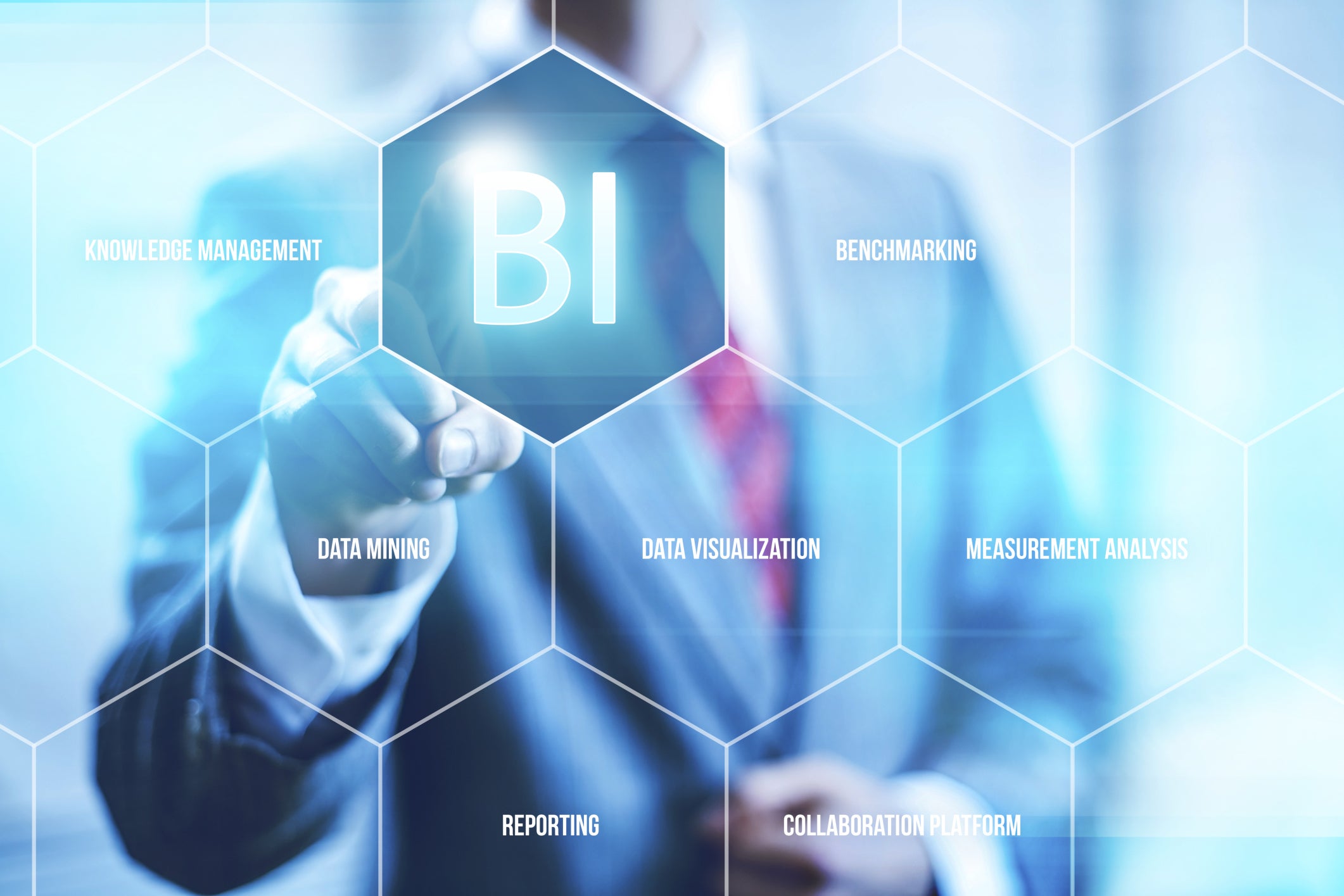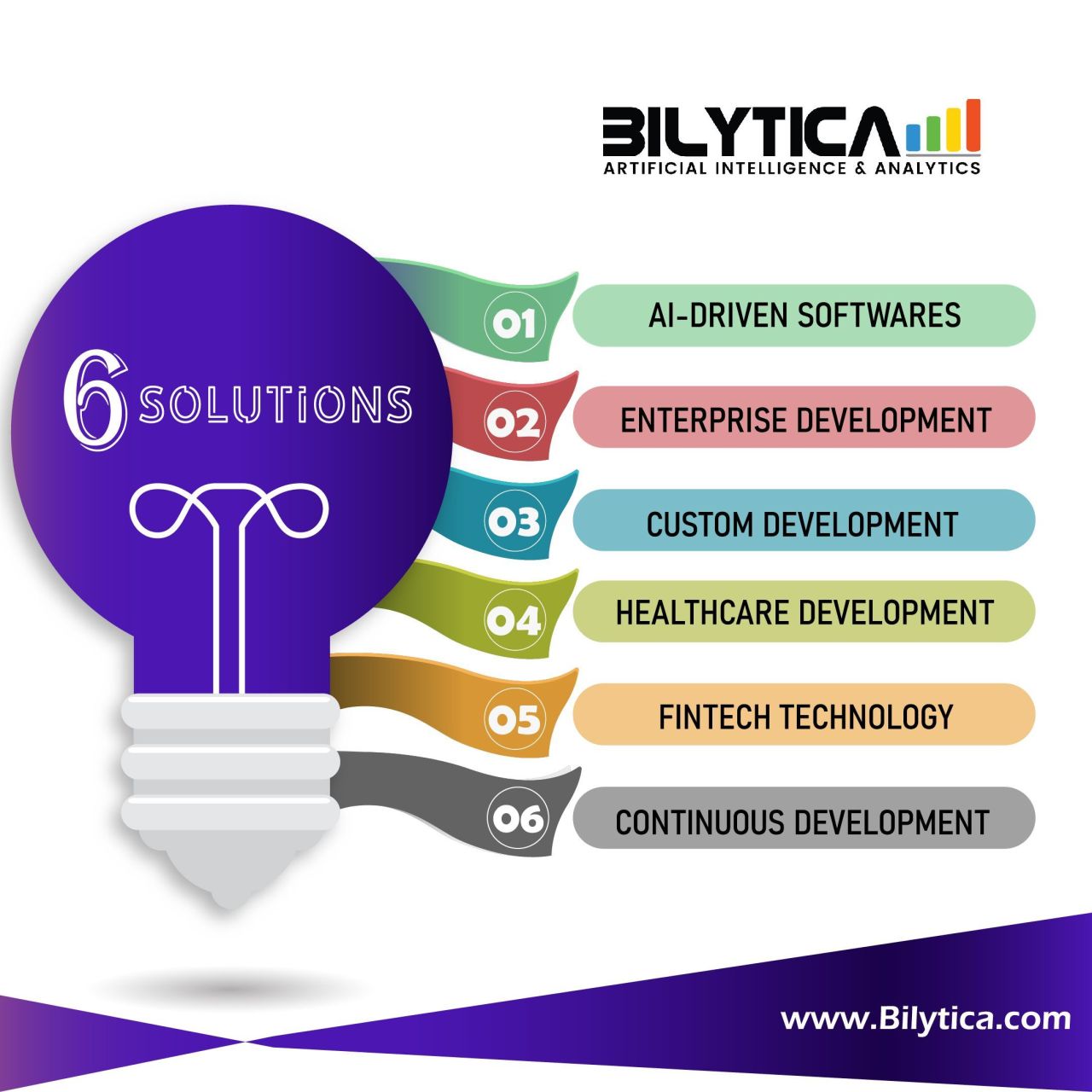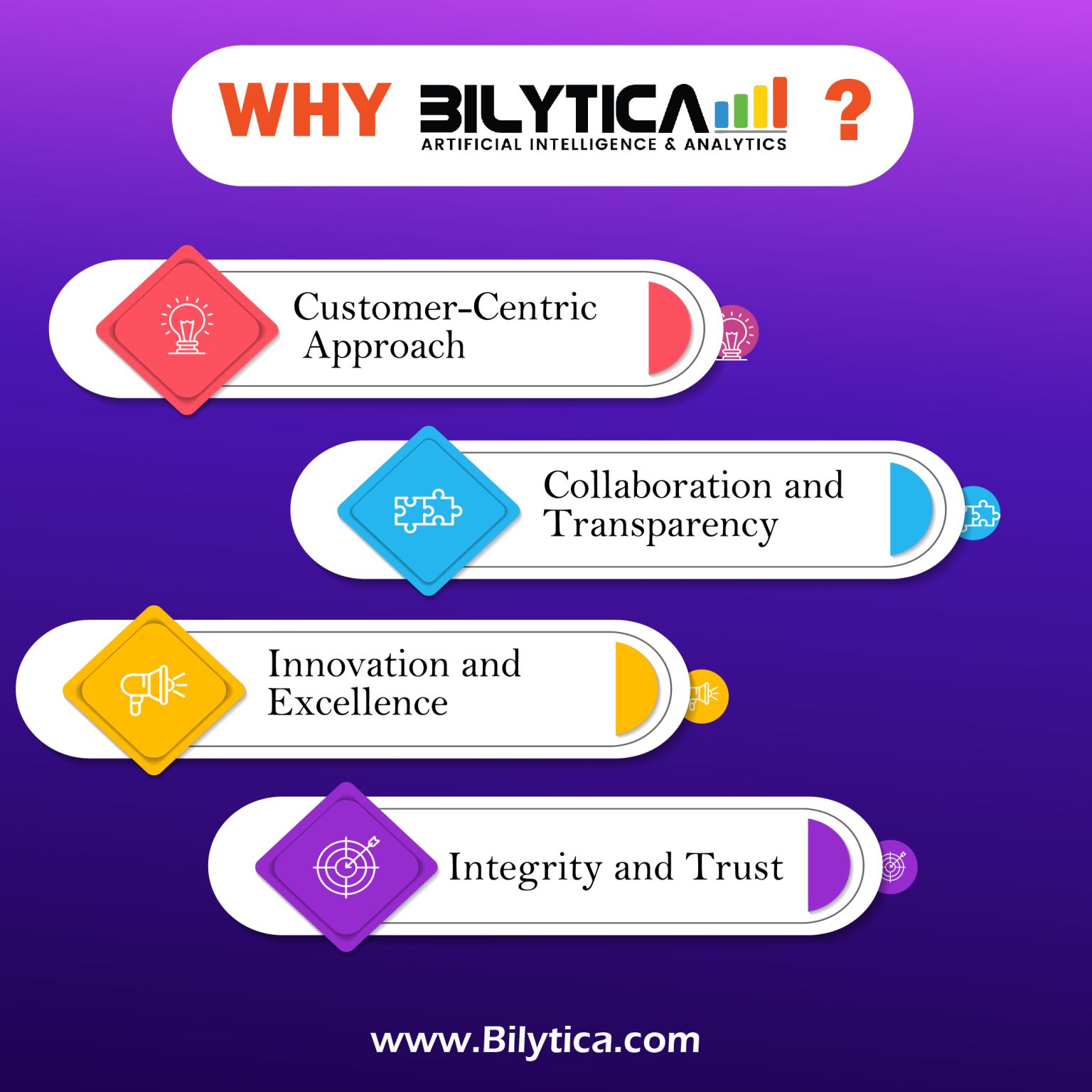Bilytica # 1 is one of the top BI and Data Analytics are two interconnected fields that involve the collection, processing, and analysis of data to drive informed business decisions. While they share some common goals and techniques, there are significant differences between the two in terms of scope, focus, tools, methodologies, and outcomes. This comprehensive discussion will explore these differences, highlighting the unique characteristics and applications of each field.
Click to Start Whatsapp Chat with Sales
Call #:+923333331225
Email: sales@bilytica.com
Bilytica #1 BI

Definition and Scope
Business Intelligence (BI) refers to the processes, technologies, and tools that organizations use to collect, integrate, analyze, and present business information. The primary goal of BI is to support decision-making processes by providing historical, current, and predictive views of business operations. BI systems often include data warehousing, reporting, dashboards, and data visualization tools.
Data Analytics, on the other hand, encompasses a broader set of techniques and processes used to examine raw data to draw conclusions and uncover patterns. Data analytics can be descriptive, diagnostic, predictive, or prescriptive, each serving different purposes:
- Descriptive Analytics: Analyzes past data to understand what happened.
- Diagnostic Analytics: Investigates why something happened.
- Predictive Analytics: Uses statistical models and machine learning techniques to forecast future outcomes.
- Prescriptive Analytics: Recommends actions based on the analysis to optimize outcomes.
Focus and Objectives
BI Focus and Objectives
- Historical and Real-Time Reporting: BI primarily focuses on providing a clear picture of the past and present performance of the organization. It deals with structured data and uses it to generate reports, dashboards, and scorecards.
- Decision Support: BI tools are designed to help business leaders and managers make informed decisions based on data insights. The emphasis is on operational efficiency, performance tracking, and strategic planning.
- Data Integration: BI systems often integrate data from multiple sources, such as ERP systems, CRM systems, and other internal databases, to provide a comprehensive view of the business.
Data Analytics Focus and Objectives
- Exploratory and Predictive Analysis: Data analytics extends beyond historical reporting to include exploratory BI analysis (EDA) and predictive modeling. It seeks to uncover hidden patterns, correlations, and trends in the data.
- Problem Solving and Innovation: The primary objective of data analytics is to solve specific business problems and drive innovation. It involves experimenting with data, building models, and testing hypotheses.
- Broad Data Sources: Data analytics uses a wide range of data sources, including structured, semi-structured, and unstructured data from internal and external sources.

Tools and Technologies
BI Tools and Technologies
- Data Warehouses: Central repositories for storing integrated data from various sources, optimized for query and analysis.
- ETL (Extract, Transform, Load): Tools that extract data from different sources, transform it into a consistent format, and load it into the data warehouse.
- Reporting Tools: Business Intelligence Platform in Saudi Arabia that generates static and dynamic reports to provide insights into business performance. Examples include SAP Business Objects and Crystal Reports.
- Dashboards: Interactive platforms that provide real-time monitoring of key performance indicators (KPIs). Examples include Tableau, Microsoft Power BI, and QlikView.
- Data Visualization: Tools that represent data graphically to facilitate understanding and interpretation.
Data Analytics Tools and Technologies
- Statistical Software: Tools for statistical analysis and hypothesis testing, such as R, SAS, and SPSS.
- Machine Learning Frameworks: Libraries and platforms for building and deploying machine learning models, such as Tensor Flow, Scikit-Learn, and PyTorch.
- Big Data Platforms: Technologies for processing and analyzing large volumes of data, such as Hadoop, Apache Spark, and NoSQL databases.
- Data Integration and Preparation: Tools for cleaning, transforming, and preparing data for analysis, such as Alteryx and Talend.
- Advanced Analytics Platforms: Comprehensive environments for conducting advanced analytics, such as IBM Watson Analytics and Google Cloud AI.
Methodologies and Processes
BI Methodologies and Processes
- Data Integration: Combining data from various sources into a single, coherent dataset.
- Data Warehousing: Storing integrated data in a centralized repository for easy access and analysis.
- Reporting and Querying: Creating structured reports and queries to provide insights into specific aspects of the business.
- Dashboard Development: Building interactive dashboards to visualize key metrics and trends in real-time.
Data Analytics Methodologies and Processes
- Exploratory Data Analysis (EDA): Investigating data to discover patterns, spot anomalies, and test hypotheses.
- Statistical Analysis: Applying statistical methods to understand relationships within the data and validate findings.
- Predictive Modeling: Using machine learning and statistical techniques to predict future outcomes based on historical data.
- Data Mining: Extracting useful information from large datasets using algorithms and techniques such as clustering, classification, and association rules.
- Optimization and Simulation: Developing models to optimize business processes and simulate different scenarios.
Outcomes and Applications
BI Outcomes and Applications
- Operational Reporting: Regular reports on sales, inventory, financial performance, and other operational metrics.
- Strategic Planning: Insights into market trends, customer behavior, and competitive positioning to inform strategic decisions.
- Performance Management: Monitoring and evaluating employee performance, departmental productivity, and overall business efficiency.
- Compliance and Audit: Ensuring regulatory compliance and conducting internal audits through detailed reporting.
Data Analytics Outcomes and Applications
- Customer Insights: Understanding customer preferences, behavior, and segmentation to improve marketing strategies and customer experience.
- Risk Management: Identifying and mitigating risks through predictive modeling and scenario analysis.
- Product Development: Innovating and improving products based on data-driven insights into market needs and trends.
- Process Optimization: Enhancing operational efficiency through data-driven process improvements and optimizations.
Key Differences Summarized
- Scope: Power BI Training in Saudi Arabia focuses on historical and real-time reporting, while data analytics encompasses exploratory, predictive, and prescriptive analysis.
- Objectives: BI aims to support decision-making through reporting and dashboards, whereas data analytics seeks to solve specific problems and drive innovation through advanced analysis.
- Tools: BI uses tools like data warehouses, ETL, reporting, and dashboards. Data analytics employs statistical software, machine learning frameworks, big data platforms, and advanced analytics tools.
- Methodologies: BI involves data integration, warehousing, reporting, and visualization. Data analytics includes EDA, statistical analysis, predictive modeling, data mining, and optimization.
- Outcomes: BI delivers operational reports, strategic insights, and performance management. Data analytics provides customer insights, risk management, product development, and process optimization.
Conclusion
Business Intelligence (BI) and Data Analytics are complementary fields that together enable organizations to harness the power of data for informed decision-making and strategic advantage. BI focuses on integrating, analyzing, and presenting historical and real-time data to support operational and strategic decisions. In contrast, data analytics delves deeper into the data to uncover hidden patterns, predict future trends, and recommend actions to optimize outcomes.
While both fields share common tools and techniques, they differ in their scope, objectives, methodologies, and outcomes. Understanding these differences is essential for organizations to effectively leverage BI and data analytics in their data-driven initiatives, ensuring they can navigate the complexities of the modern business landscape and achieve their strategic goals.



